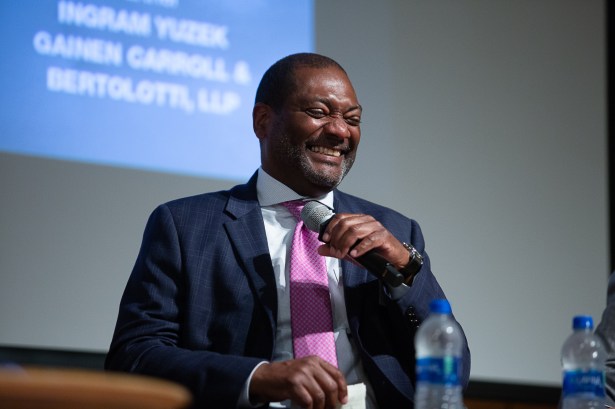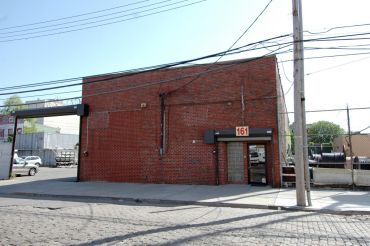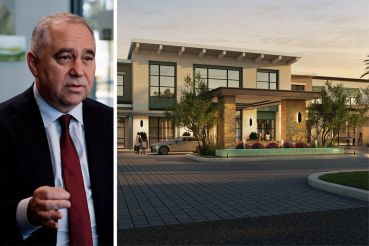Health Care Construction Experts on Design That Prioritizes Patients and Staff
By Chava Gourarie September 27, 2019 11:16 am
reprints
If anyone was playing a drinking game at Commercial Observer’s annual Health Care Construction Forum, they would be feeling pretty good around noon on Thursday if they had “millennial” or “Baby Boomer” on their list, and stone-cold sober if they went with Gen X.
With population trends being what they are, Baby Boomers are high on everyone’s minds when it comes to health care in the present, and millennials are the ever mercurial generation that’s got to be considered when planning for the future.
But aside from the sidelining of Gen Xers — despite the fact that the audience consisted of a roomful of them — it was a morning stocked with informative panels, industry banter, and interjections from repeat heckler and keynote speaker Udo Ammon, from the state Department of Health.
The speakers and panelists discussed ways to design spaces that prioritize patients, appeal to a next generation workforce, and still make sense for the bottom line.
Steve Friedman, the director of facilities at Memorial Sloan Kettering Cancer Center opened the day’s events with an overview of factors affecting the regional health care construction market, including New York City’s recently passed greenhouse emissions law. “I’m going to get in trouble for this,” Friedman said, but it’s “one of the most poorly thought out regulations in the history of New York City” and “may drive health care out.”
But if the size of the crowd at the CUNY Graduate Center to capacity was any indication, Gotham’s health care industry isn’t going anywhere.

During the first panel, on master-planning for future generations, the panel’s moderator, Cushman & Wakefield chairman Mark Weiss asked how the panelists were preparing for a future in which millennials make it to middle age. “I walk around and see young people vaping with things in their ears, I’d want to be an audiologist because there’s going to be a lot of sick people,” Weiss said.
In a theme that would recur throughout the day, Karina Davison, a clinical psychologist that consults on facilities design, said that she advises ways in which design can help keep the workforce healthy, such as building staircases that encourage congregation.
Meanwhile, Thomas Ahn, Mount Sinai Health Systems’ vice president of real estate, said that millennials prize convenience, so they were expanding their ambulatory network, which currently stands out 250 urgent care and outpatient offices in the New York region. “Baby Boomers will seek out best facility,” Ahn said. “Millennials, for them, convenience is everything.”
Later in the day, during a panel on technology and innovation in health care construction, the discussion turned to telemedicine, balancing HIPPA rules with tech-enabled buildings, and the flow of venture capital flowing into proptech.
A key insight came from Reuben Levine, the CEO of startup Stringbean Technology, a facilities management platform. “As long as you accept the new invaders, we can use other people’s money to come up with solutions,” he said.


